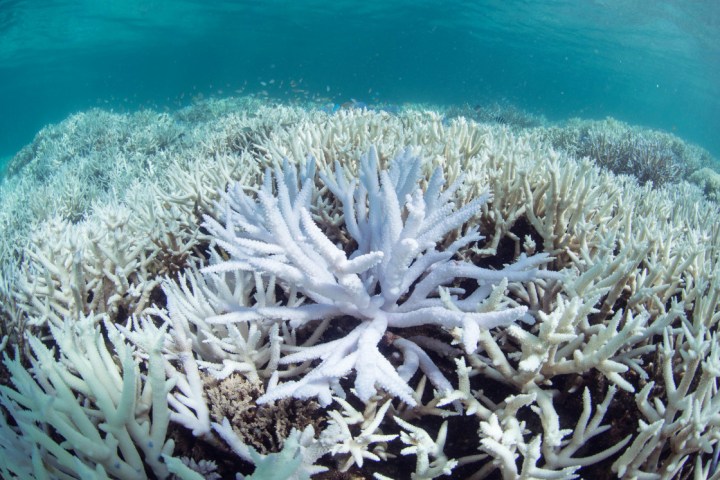
Ehsani has been testing fiber-reinforced polymer (FRP) products for nearly three decades and founded, QuakeWrap, a construction company specializing in FRP commodities, in 1994. To prevent bleaching, Ehsani plans to pump cooler water to at risk coral through a lightweight FRP pipe. Unlike traditional rigid concrete or steel, FRP pipes are more cost effective and much easier to construct and install.
“It’s almost like a hose,” Ehsani explained to Popular Science. “It’s not subjected to any major loads or stresses. We can drop it right into the ocean, and it can handle the stresses.”

These cooling system will theoretically be powered by renewable, clean energy created on site by floating wave energy converters for an added dose of sustainability. Ehsani is currently trying to attract interest from the Australian government for a preliminary pilot program in the Great Barrier Reef. This would be a seemingly logical next step for both parties considering the world’s largest coral reef system has seen its fair share of massive bleaching events in recent years.
From 3D-printing coral models to more advanced aerial reef mapping, there is a host of clever tactics being considered to help minimize the effects of climate changes on our coral colonies. Currently, increased ocean temperatures are the predominant cause of coral bleaching, according to National Oceanic and Atmospheric Administration (NOAA). Once affected by bleaching, a healthy coral reef can recover — albeit more susceptible to future bleaching events — so long as surrounding oceanic temperatures return to their normal range. Seeing as 2016 was the hottest year on record for the third consecutive year in a row, these sturdy coral systems may need more than their innate stalwartness to withstand a perpetually warming planet.


